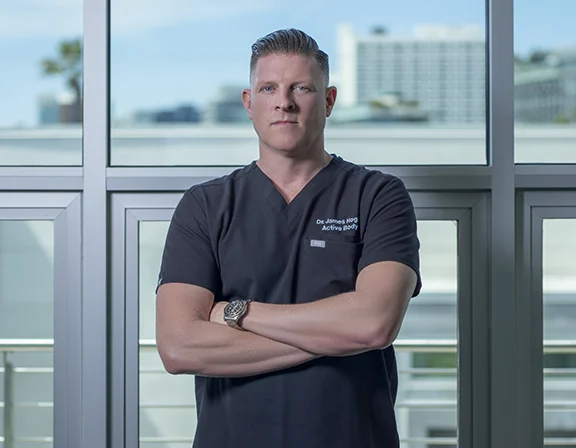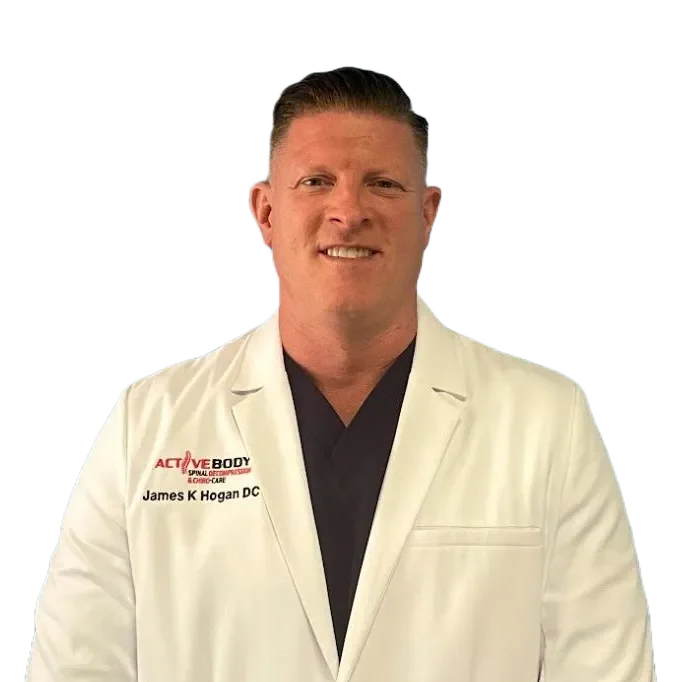
Disc Injury Treatment in Culver City
A bulging or herniated disc doesn’t have to mean surgery. Dr. Hogan—board‑certified chiropractor with over 18 years—uses precise orthopedic testing and gentle, non‑surgical methods to pinpoint the source of your pain. Your personalized plan may include spinal decompression, soft‑tissue therapy and corrective exercises to relieve nerve pressure and guide the disc back toward normal. Expect clear communication and a supportive environment.
Specialties: Herniated discs, bulging discs, nerve compression.
Techniques: Flexion-distraction, decompression therapy, targeted mobilization, postural training.
Approach: Conservative care with measurable progress and movement retraining.
Call (310) 800‑1320 to book your disc-care consultation.
Signs you might be dealing with a disc problem
- Sharp pain when you bend, sneeze, or lift
- Burning or tingling that travels down a buttock, thigh, arm, or hand
- Numb toes or fingers after sitting or driving
- Weak push‑off when walking or weak grip strength
- Morning stiffness that eases once you move around
If any of these rings true, it’s time to have your spine examined.
How disc injuries happen
- One awkward lift at work or in the gym
- Whiplash from a low‑speed car crash
- Years of desk work or long drives that load the same joints daily
- Repetitive twisting in golf, pickleball, or other sports
- Natural drying of the disc with age
Why early care matters
Ignoring a bulging disc lets swelling build and nerves scar. Delay can lead to ongoing pain, spinal‑canal narrowing, changes in walking pattern, and long‑term reliance on pain medication. Reducing pressure early gives nerves the best chance to recover.
Our non‑surgical disc‑relief plan
| Therapy | What it does |
| Spinal decompression | Applies gentle traction that creates negative pressure, drawing bulging material back toward centre and opening space for the nerve root. |
| SoftWave® acoustic therapy | Sound waves improve blood flow and support tissue repair around the injured disc. |
| Chiropractic adjustments | Diversified, Activator®, Thompson‑drop, or flexion‑distraction methods realign nearby joints and reduce micro‑stress on the disc. |
| Core and mobility drills | Simple at‑home moves strengthen support muscles and keep the repair in place. |
First visit: what to expect
- History & tests – how the pain began, what makes it flare, and posture, strength, and nerve checks.
- Imaging if needed – on‑site digital X‑ray or MRI referral to see disc shape and nerve space.
- First treatment – gentle decompression or adjustment (when safe) to start easing pressure right away.
- Written plan – visit frequency, home advice, and clear cost before you commit.
Schedule a disc evaluation
You can book your appointment using the scheduling tool below or by calling us at (310) 800-1320.
Frequently asked questions
Will I need injections or surgery?
Only if conservative care fails or red‑flag nerve loss appears. Most of our patients recover without surgery.
Does decompression hurt?
No. You feel a steady, comfortable stretch and often leave looser than you arrived.
How soon will I see change?
New injuries often improve within six to eight visits; long‑standing cases need the full plan but usually see steady weekly gains.
Is treatment covered by insurance?
Most PPO and Medicare plans include chiropractic and decompression benefits. We confirm coverage before care starts.

